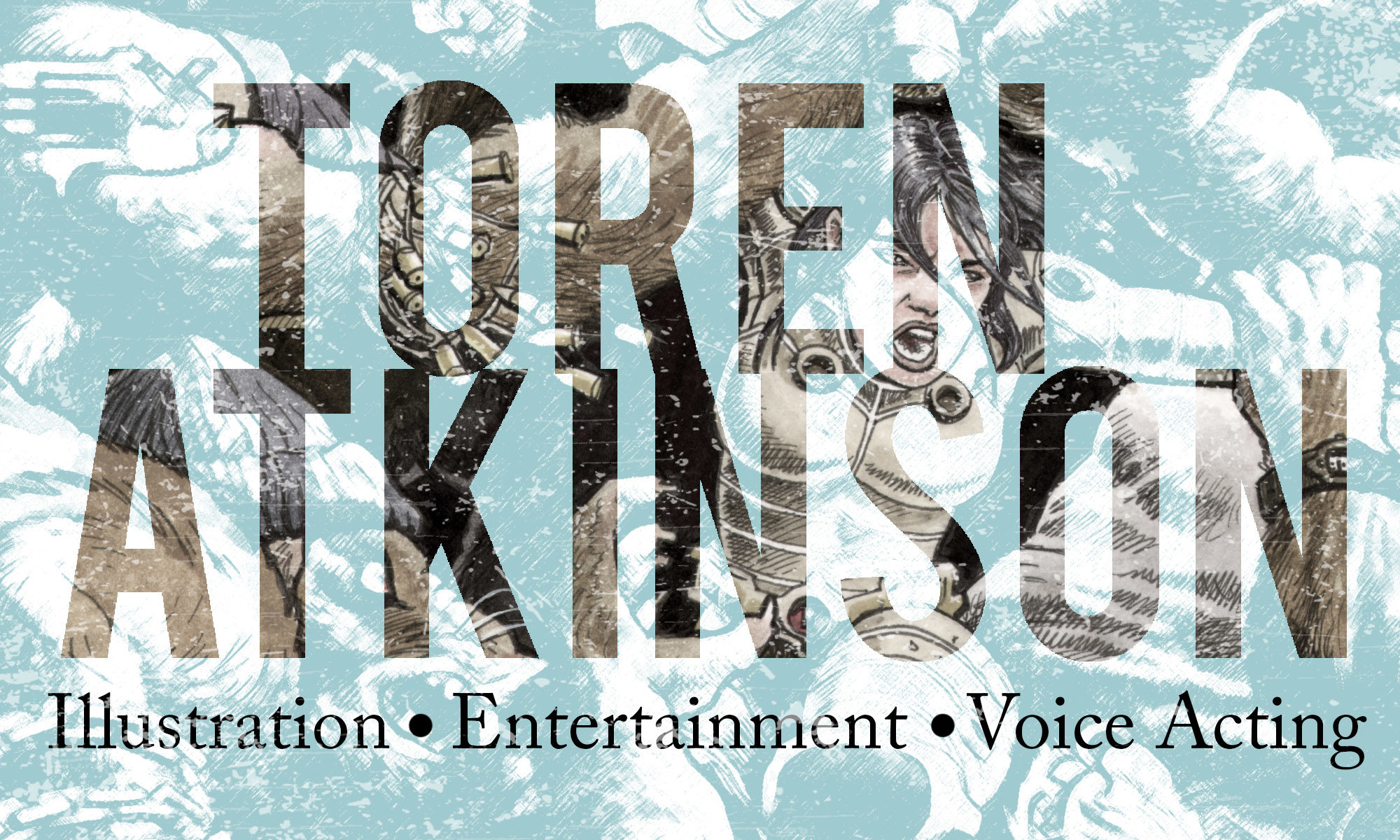1894 HOGANS ALLEY first appeared on a few occasions in Truth magazine from 18941895 in black and white print, and gained popularity in New York City. It was the first “comic strip” and the first to be printed in color in mass production. The device of word balloons was first used here, though often the thoughts of The Yellow Kid appeared on his ever-changing shirt.
1905 LITTLE NEMO was a weekly comic strip by Winsor McCay that appeared in the New York Herald and William Randolph Hearst’s New York American newspapers from 19051913. Check out the quality of that art!
1914 The novel Tarzan of the Apes by Edgar Rice Burroughs became so popular that it spawned two dozen sequels into the 1940s. It was first published in the pulp magazine All-Story Magazine in October, 1912; the first book edition was published in 1914. The pulp magazines of this time were an important font of comic book concepts, as we shall see.
1915 Seen here is Krazy Kat, the precursor to Tom & Jerry and Itchy & Scratchy. Krazy Kat loves Ignatz the mouse, but Ignatz hates Krazy, and tries to hit him in the head with a brick in every strip. Comics like these were printed by King Features Syndicate, a print syndication company owned by The Hearst Corporation, which distributed about 150 comic strips, newspaper columns, editorial cartoons, puzzles and games to nearly 5000 newspapers around the world.
1920 THE MARK OF ZORRO was a silent motion picture released in 1920 – Seeing the mistreatment of the peons by rich landowners and the oppressive colonial government, Don Diego, who is not as effete as he pretends, has taken the identity of the masked Robin Hood-like rogue Señor Zorro (“Mr. Fox”), champion of the people, who appears out of nowhere to protect them from the corrupt administration of Governor Alvarado & his henchman. With his sword flashing and an athletic sense of humor, Zorro scars the faces of evildoers with his mark, “Z.” An example of a very comic-booky hero concept, the part-time masked avenger, meting out justice by the point of his weapon.





